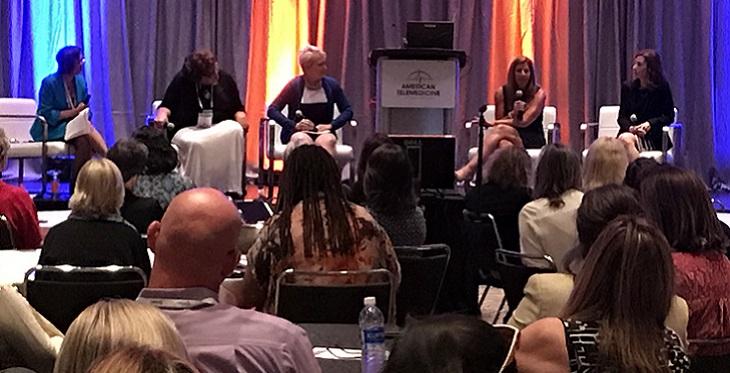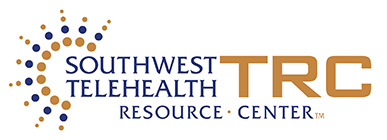I recently had the opportunity to speak at “Georgia’s Health Care Reform Task Force” with other members of the Emory Virtual Patient Care team headed by Greg Esper, MD. Dr. Esper is a neurologist and Director of New Care Models at Emory and champion for expanding Emory’s telehealth footprint in GA (https://www.emoryhealthcare.org/physicians/e/esper-gregory.html).
Southwest Telehealth Resource Center Blog


Tucson’s recent designation as a UNESCO City of Gastronomy is a tribute to our long history of harvesting plants native to the Sonoran desert and heritage plants brought over by the Spanish, as well as the innovation and local mindedness of our community, and the multitude of food system initiatives constantly striving to improve the food security of our diverse populations.
A food system consists of the entire process from which food moves from farm to fork, including production, processing, packing, distribution, consumption, and food waste management. A healthy, sustainable food system is directly connected to public health goals like reducing hunger and obesity, protection and conservation of natural resources, and facilitating economic growth.

Living in a remote or rural community is a known risk factor for developing – or exacerbating – a substance use disorder. And of course, there’s the problem of limited access to treatment.
Implementing technology to improve substance use disorder services is the theme of this year’s technology summit, hosted by the University of Nevada’s National Frontier and Rural Addiction Technology Transfer Center (NFAR-ATTC). The summit will be held July 26-28, at the Whitney Peak Hotel in Reno.

“Should I stay or should I go?” So go the lyrics from the English punk rock band, The Clash, in a song about one couple’s dilemma over whether to stay together or break up.
The same question might just as well apply to another dilemma—this one pertaining to people considering treatment for substance abuse. At a time when telemedicine is revolutionizing mental health services, bringing talk therapy into the home via online videoconferencing and other mobile technologies, is it better to travel for treatment or stay put?

We all know that telehealth is driven by the desire to make affordable healthcare available to anyone, anytime, anywhere, and that advances in technology have facilitated the effort. But what powers telehealth and even healthcare general? At the American Telemedicine Association’s Annual Meeting (April 23-25, 2017 in Orlando, FL) the answer was clear – women!

